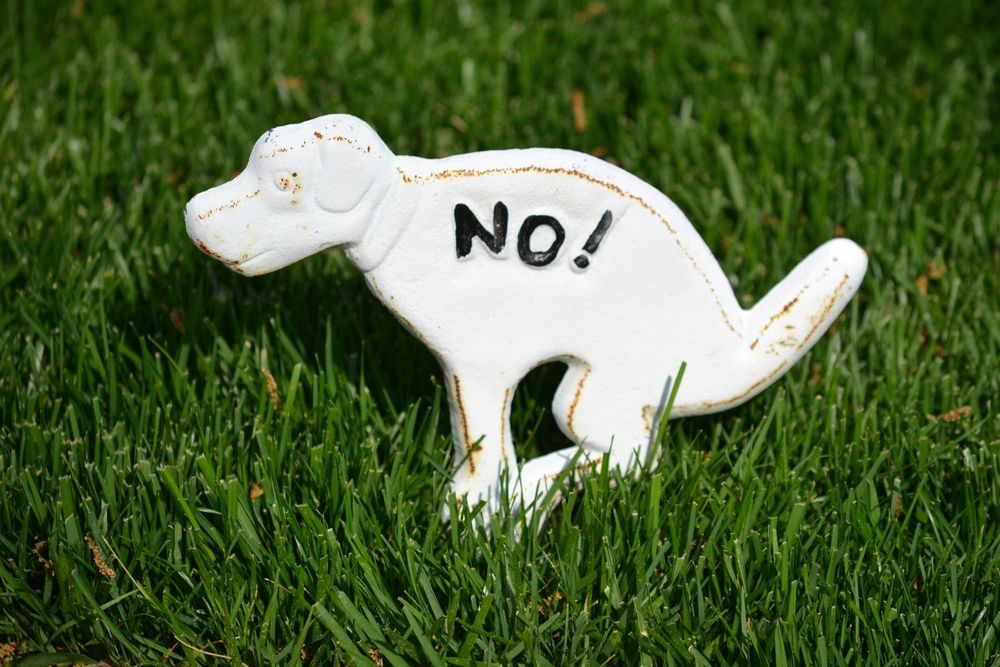
Worms in Your Dog’s Poop: What It Means and What to Do
If you’ve recently discovered worms in your dog’s poop—or even if you’re searching for worms in dog poop pictures to compare what you saw—this guide is designed to help. Finding worms in your dog’s stool can be distressing, especially for first-time pet parents. Understanding what dog poop parasites look like, why they appear, and how to proceed with dog worms treatment can protect your furry friend’s health and keep your home safe.
Why Do Worms Show Up in Dog Poop?
Worms in your dog’s poop are a sign of intestinal parasite infection. Dogs pick up these parasites in many ways—through contaminated soil, contact with infected animals, flea bites, or even from their mother as puppies. These parasites live in the intestines and shed eggs or worms that pass out with the stool. If you’re searching “worms in dog poop pictures,” you’re not alone—many pet owners want to know what these parasites look like so they can identify the problem early.
Common Types of Dog Poop Parasites and Worms
Here are the top types of worms you might see in your dog’s poop, with descriptions to help you recognize them in pictures or stool samples:
Roundworms
Roundworms look like long, creamy-white spaghetti strands, often several inches long. They are one of the most common dog poop parasites and frequently appear in puppy stools.
Tapeworms
Tapeworms appear as tiny, flat, rice-like segments in dog poop or stuck around the dog's anus. Each segment contains eggs and can break off, spreading the infestation. Tapeworms are often spread by fleas.
Hookworms
Hookworms are smaller and may not always be visible in the stool but can cause dark, tarry diarrhea due to intestinal bleeding. These worms latch onto the intestinal wall and feed on blood, requiring urgent dog worms treatment.
Whipworms
Whipworms are thin, whip-shaped worms less commonly seen but still a significant parasite. They tend to cause chronic diarrhea and weight loss.
Symptoms That Suggest Dog Poop Parasites
In addition to spotting worms in your dog’s poop, watch for these signs that may indicate infection:
- Scooting their rear on the floor due to irritation
- Pot-belly appearance, especially in puppies
- Vomiting, sometimes with visible worms
- Weight loss or poor appetite
- Diarrhea or blood in stool
If these symptoms match your dog’s condition alongside visible worms, prompt dog worms treatment is needed.
How Dangerous Are Worms in Dog Poop?
While some light infestations might cause minimal issues, untreated worm infections can harm your dog’s health. Parasites siphon nutrients, damage the intestinal lining, cause anemia, and even block digestion. Certain worms, like roundworms and hookworms, can spread to humans, especially children, making quick action critical.
What to Do When You See Worms in Your Dog’s Poop
If you find worms in your dog’s stool or come across “worms in dog poop pictures” that look like what you’re seeing, follow these steps:
Document and Collect a Sample
Take a photo or save a stool sample to show your veterinarian what you’re dealing with.
Visit the Veterinarian for Diagnosis
A vet will run a fecal test to identify the exact parasite and prescribe the most effective dog worms treatment. Avoid over-the-counter remedies without proper diagnosis.
Follow the Treatment Plan Thoroughly
Administer all doses of the prescribed medication, which may be repeated to kill all worms at different life stages.
Practice Cleanliness
Immediately dispose of your dog’s feces to stop the spread of parasite eggs. Wash your hands after handling your dog or waste.
Control Fleas to Prevent Tapeworms
Maintain flea prevention to break the tapeworm lifecycle and reduce reinfection risks.
Preventing Worms and Dog Poop Parasites
Preventing worm infestations requires ongoing care:
- Year-round parasite prevention medication recommended by your vet
- Regular yard cleaning to remove feces and parasite eggs
- Preventing your dog from eating wild animals or soil
- Consistent flea control to avoid tapeworms
- Annual vet visits with fecal exams for early detection
When to Seek Emergency Vet Care
If your dog shows signs such as severe lethargy, persistent bloody diarrhea, frequent vomiting, or is a vulnerable puppy with a bloated belly and worms, contact a vet immediately. Severe infestations can be life-threatening if untreated.
Discovering worms for the first time in your dog’s poop can be overwhelming, but understanding what you’re facing gives you power. Dog poop parasites are treatable